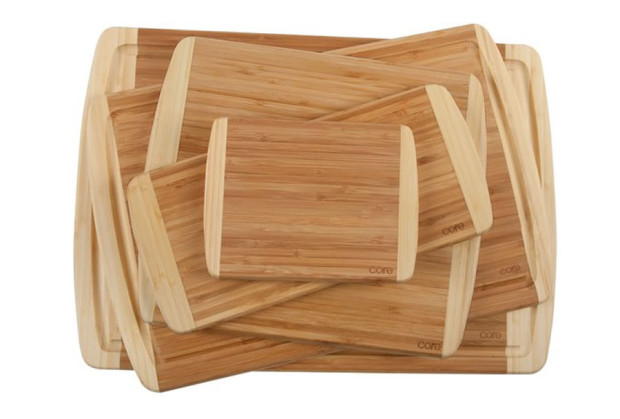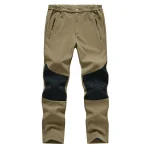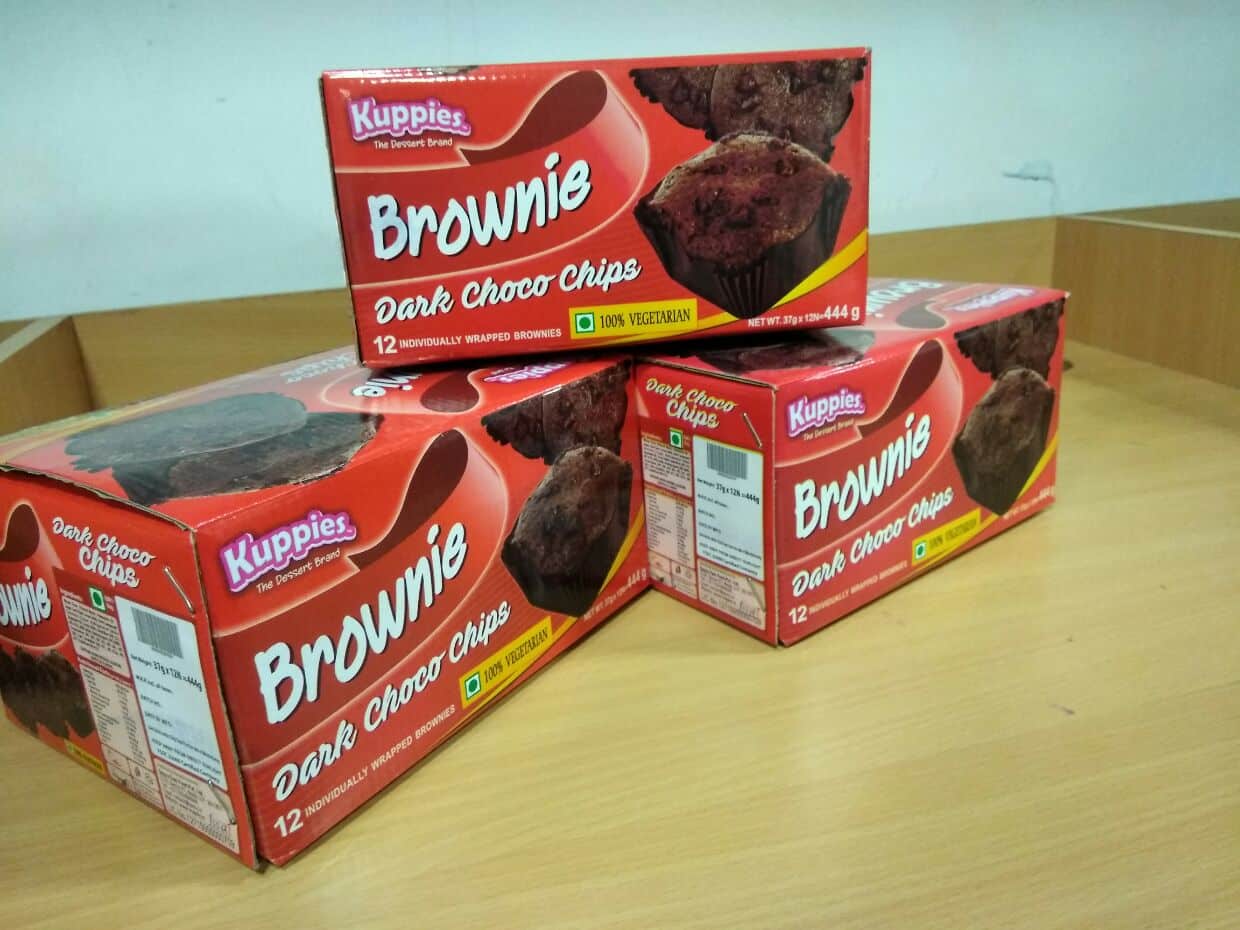Table of Contents
Are Bamboo Cutting Boards Good?
You might be wondering if bamboo cutting boards are a good choice for your kitchen. They are cheap and easily available, and they can be sustainable if you choose boards made from bamboo that has been sustainably harvested. However, there are also some drawbacks to using bamboo cutting boards. First, they can dull your knives more quickly than other types of cutting boards. Second, bamboo is a soft wood, which means that it is more likely to warp and crack over time. If you choose to use a bamboo cutting board in your kitchen, be sure to take steps to protect your knives and keep the board in good condition. With proper care, a bamboo cutting board can be a great addition to your kitchen.
So What is Bamboo?
Bamboo cutting boards are made of, you guessed it, bamboo! But what exactly is bamboo? Bamboo is a type of grass that is known for its strength and durability. In fact, it’s often compared to wood because it shares many of the same properties. However, bamboo is actually a lot more eco-friendly than wood because it grows much faster. This makes it a popular choice for people who are looking for an environmentally friendly option.
Why else do some people choose a bamboo cutting board? There are a few reasons. For one, bamboo is lightweight and easy to transport. It’s also antimicrobial, which means it can help keep your food safe from contamination. Moreover, bamboo cutting boards are often cheaper than hardwood cutting boards, making them an appealing option for people on a budget.
The Drawbacks
On the other hand, bamboo cutting boards have some drawbacks. As mentioned earlier, they tend to dull knives more quickly than hardwood cutting boards. Additionally, bamboo is softer and more pliable than hardwoods like oak or walnut; this makes it more susceptible to warping and cracking over time. Finally, bamboo doesn’t hold up as well in the dishwasher (if at all) – you should use a mild detergent and avoid submerging it in water for a long period of time.
Some Alternatives
If you’re looking for an alternative to bamboo cutting boards, there are plenty of options to choose from. Wood is a popular option, as it’s durable and has a natural resistance to bacteria. However, it’s important to treat wood cutting boards regularly with mineral oil to keep them in good condition.
Glass cutting boards are another option that offers a sleek and modern look. They’re also easy to clean, although they can be more prone to shattering if dropped. If you’re looking for a cutting board that is durable and bacteria-resistant, bamboo is a good choice. However, be sure to take into account the drawbacks of bamboo before making your decision.
Glass Cutting Boards
Glass cutting boards are a more uncommon option in the kitchen. However, they’re easy to clean, they look great in modern kitchens, and they’re durable if you are careful with them. Additionally, glass cutting boards are incredibly easy to sanitize worry-free, and absolutely the most dishwasher-friendly board option out there. This makes them a good choice for people who are very concerned about food safety.
There are a few drawbacks to glass cutting boards mainly due to the nature of the material. The weight and slippery surface when wet is a recipe for an accident waiting to happen. Imagine having to clean millions of shards of glass while they have chicken burning on the stove; adding to what may already be a chaotic activity. If you’re not as graceful as a ballerina in the kitchen while cooking a stew, avoid glass cutting boards if you can. If you are a graceful ballerina but care about your sharp knives, I would still avoid glass cutting boards.
Plastic Cutting Boards
If most of your cooking consists of microwaving TV dinners and making instant ramen, a plastic cutting board is for you. All jokes aside, plastic cutting boards are lightweight and non-slip, which makes them a good choice for people who are clumsy in the kitchen. Not to mention they are also cheap! However, plastic cutting boards are known for creating grooves where food particles hide. This is why plastic cutting boards should be avoided if you’re looking for a board that is easy to clean and sanitize. The tiny crevices created by the grooves are difficult to get food particles out of, which can lead to bacteria growth.
The Best of the Best: End-Grain Wooden Cutting Boards
End grain boards can be a bit more expensive than other types of cutting boards, but they are definitely worth the investment. If you’re looking for a cutting board that will last for years, an end-grain wooden cutting board is the way to go.
One reason is that end-grain cutting boards are bacteria-resistant. This means that they are less likely to harbour bacteria than other types of cutting boards. In addition, end-grain cutting boards are a higher quality material than other types of cutting boards. They are made of multiple pieces of wood that are glued together, which makes them incredibly tough and resistant to bacteria growth.
End grain boards also age beautifully. Over time, the wood fibres in an end grain board will change colour, giving your board a unique and beautiful patina. End grain boards also match almost any kitchen style, so they can easily be incorporated into your existing décor.
Finally, when you buy an end grain board, you have the opportunity to support local artisans. By buying a handcrafted product from a small business, you are helping to keep our economy strong.
Chefs love end-grain cutting boards for all these reasons and more! For example, here is a local artisan near me where I buy my cutting boards.
While this is by far the most pricey example, it sits on the opposite end of the spectrum from bamboo when deciding on longevity, visual appeal, safety, and level of care for your kitchen tools (with glass and plastic cutting boards in the middle). This is definitely my preferred option of the bunch despite its price.
Conclusion
Bamboo cutting boards are a popular choice for kitchen prep because of their durability, affordability, and eco-friendly properties. However, bamboo has some drawbacks that should be taken into account before making your purchase. Namely, its longevity and quality as a material. Glass Cutting Boards are a more uncommon option in the kitchen but have several advantages including easy cleaning and sanitising as well as safety features. Plastic Cutting Boards are a good choice for people who are clumsy in the kitchen or cook mostly microwaved meals. The best type of cutting board to choose largely depends on personal preference, budget, and how careful you are with your knives. End-Grain Wooden Cutting Boards offer the most benefits overall but come at a higher price tag than other types of cutting boards.
Thank You For Reading!











